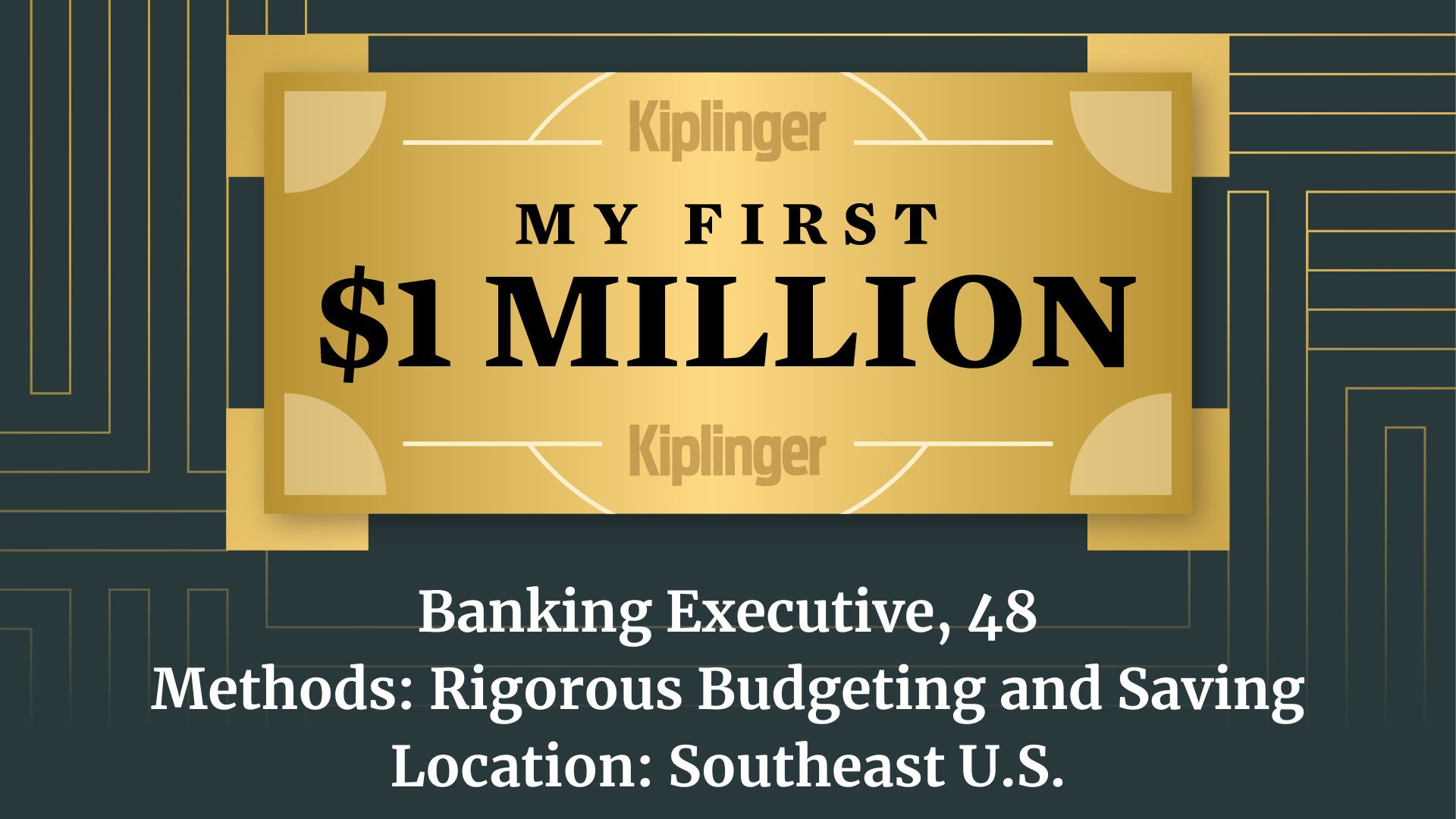Solutions to the Student Loan Shortfall
With lenders leaving the loan market, the government has stepped up to guarantee the money will be there.

Students who plan to borrow for college over the next few months can rest easy. The Department of Education will ensure the availability of federal student loans by buying them back from private lenders, if necessary, or by freeing up the money that lenders need to make the loans.
Over the past few months, turmoil in the financial markets has left private lenders scrambling to finance student loans. At the same time, the College Cost Reduction and Access Act, passed last year, has made those loans less profitable. Faced with that double whammy, many lenders dropped out of the federal loan business altogether, and industry behemoth Sallie Mae, which last year accounted for $17.6 billion in federal loan volume, indicated that it might not be able to pick up the slack.
| Row 0 - Cell 0 | VIDEO: Borrow Smart |
| Row 1 - Cell 0 | Visit Our Paying for College Center |
| Row 2 - Cell 0 | Find the Best Student Loan |
Now, families who borrow through private lenders -- as most do -- can be confident that the money will be there before their children head back to school this fall. Students at schools that participate in the Federal Direct Loan Program have avoided this drama: They borrow straight from the federal government, which has lately doubled its capacity to make the loans.
From just $107.88 $24.99 for Kiplinger Personal Finance
Become a smarter, better informed investor. Subscribe from just $107.88 $24.99, plus get up to 4 Special Issues

Sign up for Kiplinger’s Free Newsletters
Profit and prosper with the best of expert advice on investing, taxes, retirement, personal finance and more - straight to your e-mail.
Profit and prosper with the best of expert advice - straight to your e-mail.
Federal loans, known as Staffords for students and PLUS loans for parents, are the best deals around when it comes to borrowing for college. They offer the security of a fixed interest rate (6.8% or less for Staffords and 8.5% or less for PLUS loans) and come with flexible repayment terms. For students who qualify for subsidized Staffords, the feds pick up the interest until repayment, six months after graduation; interest on unsubsidized Staffords starts accruing immediately.
As a longer-term fix to cope with lenders leaving the loan market, the Department of Education has dusted off its never-used "lender of last resort" program, which designates state agencies as lenders if private lenders become scarce. The department has asked agencies to brush up on procedures for such a step and will advance money to the agencies, if necessary, to make sure no student approved for funding goes without it.
Sallie Mae has also reaffirmed its commitment to the federal student loan program. "We needed a solution to help us sustain an explosion in demand," says Conwey Casillas of Sallie Mae. At least one lender that had stopped offering student loans, NorthStar Guarantee, has resumed taking applications. More lenders, mostly state agencies, will likely follow, says Mark Kantrowitz, of Finaid.org.
Private loans: Still tough
The news isn't as reassuring for private loans. Unlike Staffords, which are available to all students who apply for financial aid, private student loans require that applicants meet underwriting standards. A year ago, when lenders were flush, even students with poor credit -- say, a FICO score of 620 -- qualified for the loans. This year, borrowers need a score of at least 650 or a credit-worthy cosigner to get the deals.
To help students with poor or no credit fill the gap between federal loans and college costs, lawmakers recently raised the maximum on unsubsidized Staffords by $2,000 annually. Students can now borrow up to $5,500 for their freshman year, $6,500 for their sophomore year, and $7,500 each for junior and senior years.
Not only do the higher limits get students closer to meeting their tuition needs, but also they allow students to stay within the federal loan program with its fixed rates and attractive terms -- "a definite win," says Justin Draeger of the National Association of Student Aid Administrators.
PLUS loans: More accessible
With PLUS loans, parents of dependent students can borrow up to the full cost of attendance. But to get the loans parents must pass a basic credit test. Until recently, serious delinquency on mortgage payments or bills would have been a deal breaker. But the same legislation that raised the max on Staffords leaves the door open to applicants who are no more than 180 days late on repayment of a home mortgage and no more than 89 days late on other debt.
Under the old rules, repayment of PLUS loans had to begin within 60 days of disbursement unless lenders agreed otherwise. Under the new law, you can defer repayment until six months after your student graduates.
Dependent students whose parents don't pass muster for PLUS loans even under the relaxed standards have another fallback. Those students qualify for a higher amount of Staffords, up to $9,500 a year for the first year, $10,500 as a sophomore and $12,500 as juniors and seniors.
Home equity: Don't count on it
Not long ago, home-equity loans represented a great way to supplement college savings. Families could tap the equity in their homes and deduct the interest on up to $100,000 of the borrowed amount.
In areas where housing prices have dropped, however, lenders have frozen or reduced home-equity loans, limited the amount homeowners can take out in new loans, or stopped making the loans altogether. (See The Home Equity Door Slams Shut.) Parents who no longer have this resource can go with a PLUS loan or call their student's financial aid office to discuss other options.
For a full rundown on the ins and outs of borrowing for college, see Borrow Smart, our free student-loan video.
Profit and prosper with the best of Kiplinger's advice on investing, taxes, retirement, personal finance and much more. Delivered daily. Enter your email in the box and click Sign Me Up.

-
 How to Safely Open an Online Savings Account
How to Safely Open an Online Savings AccountOnline banks offer generous APYs that most brick-and-mortar banks can't match. If you want to make the switch to online but have been hesitant, I'll show you how to do it safely.
-
 7 Ways to Age Gracefully Like the Best Stock Photo Seniors
7 Ways to Age Gracefully Like the Best Stock Photo SeniorsAs a retirement editor, I've gleaned valuable wisdom (and a lot of laughs) from one older couple that tops the seniors' stock photo charts.
-
 My First $1 Million: Banking Executive, 48, Southeast U.S.
My First $1 Million: Banking Executive, 48, Southeast U.S.Ever wonder how someone who's made a million dollars or more did it? Kiplinger's My First $1 Million series uncovers the answers.
-
 9 Types of Insurance You Probably Don't Need
9 Types of Insurance You Probably Don't NeedFinancial Planning If you're paying for these types of insurance, you may be wasting your money. Here's what you need to know.
-
 Amazon Resale: Where Amazon Prime Returns Become Your Online Bargains
Amazon Resale: Where Amazon Prime Returns Become Your Online BargainsFeature Amazon Resale products may have some imperfections, but that often leads to wildly discounted prices.
-
 Roth IRA Contribution Limits for 2026
Roth IRA Contribution Limits for 2026Roth IRAs Roth IRAs allow you to save for retirement with after-tax dollars while you're working, and then withdraw those contributions and earnings tax-free when you retire. Here's a look at 2026 limits and income-based phaseouts.
-
 Four Tips for Renting Out Your Home on Airbnb
Four Tips for Renting Out Your Home on Airbnbreal estate Here's what you should know before listing your home on Airbnb.
-
 Five Ways to a Cheap Last-Minute Vacation
Five Ways to a Cheap Last-Minute VacationTravel It is possible to pull off a cheap last-minute vacation. Here are some tips to make it happen.
-
 How Much Life Insurance Do You Need?
How Much Life Insurance Do You Need?insurance When assessing how much life insurance you need, take a systematic approach instead of relying on rules of thumb.
-
 When Does Amazon Prime Day End in October? Everything We Know, Plus the Best Deals on Samsonite, Samsung and More
When Does Amazon Prime Day End in October? Everything We Know, Plus the Best Deals on Samsonite, Samsung and MoreAmazon Prime The Amazon Prime Big Deal Days sale ends soon. Here are the key details you need to know, plus some of our favorite deals members can shop before it's over.
-
 How to Shop for Life Insurance in 3 Easy Steps
How to Shop for Life Insurance in 3 Easy Stepsinsurance Shopping for life insurance? You may be able to estimate how much you need online, but that's just the start of your search.